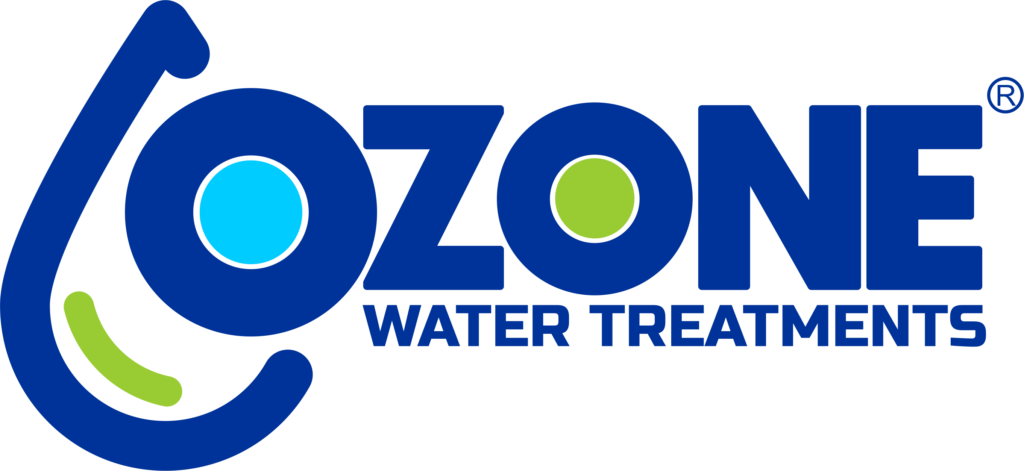Blog
Is there a level of lead in drinking water that is not dangerous?
The Safe Drinking Water Act requires the EPA to determine the level of contaminants in drinking water that does not cause adverse health effects with an adequate margin of safety. These health-based goals, which are not enforceable and are based solely on potential health risks, are known as Maximum Contaminant Level Goals (MCLGs). The EPA has determined that the Maximum Contaminant Level Goal for lead in drinking water is zero because lead is a toxic metal that can harm human health, even at low levels of exposure. Lead is persistent and can bioaccumulate in the body over time.
Children, babies, and fetuses are the most vulnerable to lead, as the physical and behavioral effects of lead occur at lower levels of exposure in children compared to adults. A dose of lead that would have little effect on an adult can have a significant impact on a child. In children, even low levels of exposure have been linked to damage to the central and peripheral nervous systems, learning and growth problems, hearing impairment, and issues with the formation and function of red blood cells.

Do PFAS have health effects?
There is evidence that exposure to PFAS can cause harmful effects on human health. If humans or animals ingest PFAS (by eating food or drinking water that contains PFAS), these chemicals are absorbed and can accumulate in the body. PFAS remain in the human body for a long time. As people are exposed to PFAS from various sources over time, the level of PFAS in the body can increase to the point where it may cause adverse health effects.
Laboratory animal studies suggest that PFOA and PFOS can cause adverse effects on reproductive and immune systems, as well as development, and on organs such as the liver and kidneys. Both chemicals have caused tumors in animal studies. The most consistent findings from human epidemiological studies are elevated cholesterol levels in exposed individuals, with more limited data related to:
Disruption of thyroid hormones (in the case of PFOS).
Low birth weight, Effects on the immune system, Cancer (in the case of PFOA), and Disruption of thyroid hormones (in the case of PFOS).
Official Recommendations:
Use Filters or Water Treatment Devices.
Wastewater and stormwater are sent to treatment plants in every city to be treated and returned to community service. Despite these efforts and rigorous chemical processes to purify the water, they are apparently not sufficient for human consumption. Consequently, contaminants present in the drinking water that reaches homes can have harmful effects on the skin and body in the short or long term.
As part of health measures, organizations like the EPA recommend the use of filters or devices.
Many filters or water treatment devices are certified by independent organizations for effective lead reduction. Devices that are not designed to remove lead will not be effective. Check manufacturers’ claims through consultations with independent certification organizations that provide lists of certified treatment devices.



